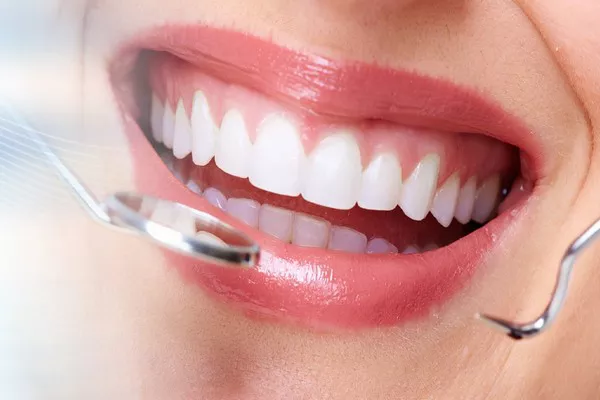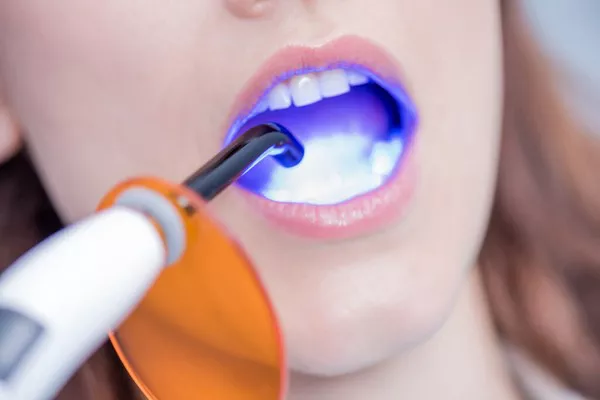Gingivitis is a prevalent form of gum disease characterized by inflammation, redness, and swelling of the gums. It’s often caused by poor oral hygiene, which leads to plaque accumulation and bacterial growth. If left untreated, gingivitis can progress to more severe gum disease. This article explores various methods to kill gingivitis bacteria and prevent gum disease, providing a thorough understanding of effective treatments and preventative measures.
Understanding Gingivitis and Its Causes
Definition and Overview
Gingivitis is the mildest form of gum disease, primarily caused by the buildup of plaque—a sticky film of bacteria that forms on the teeth. When plaque is not removed through proper oral hygiene, it can lead to gum inflammation.
Symptoms of Gingivitis
Gingivitis manifests through several symptoms:
Red, Swollen Gums: Gums may appear red and swollen.
Bleeding Gums: Gums may bleed during brushing or flossing.
Bad Breath: Persistent bad breath can be a sign of gum disease.
Receding Gums: Gums may pull away from the teeth, exposing more of the tooth surface.
How Gingivitis Bacteria Affect Your Gums
Bacteria in plaque produce toxins that irritate and inflame the gum tissues. This inflammation results in the classic symptoms of gingivitis. If plaque is not removed regularly, it can harden into tartar, further irritating the gums and complicating treatment.
Effective Methods to Kill Gingivitis Bacteria
1. Proper Oral Hygiene Practices
Brushing Your Teeth
Brushing your teeth is essential in managing and preventing gingivitis. Follow these guidelines for effective brushing:
Frequency: Brush at least twice daily, in the morning and before bed.
Technique: Use a soft-bristled toothbrush and fluoride toothpaste. Hold the toothbrush at a 45-degree angle to your gums and brush in gentle, circular motions.
Duration: Brush for at least two minutes to ensure thorough cleaning.
Flossing Daily
Flossing is crucial for removing plaque and food particles between your teeth and below the gumline.
Frequency: Floss at least once daily, preferably before bedtime.
Technique: Use about 18 inches of floss, wrapping it around your fingers. Gently slide it between your teeth and curve it around each tooth in a C shape to remove plaque.
Mouthwash
Using an antibacterial mouthwash can help reduce plaque and bacteria in your mouth.
Ingredients to Look For: Choose mouthwashes containing chlorhexidine, cetylpyridinium chloride, or essential oils.
Usage: Rinse for 30 seconds twice daily after brushing and flossing.
Tongue Cleaning
The tongue can harbor bacteria and contribute to bad breath.
Tool: Use a tongue scraper or brush your tongue with your toothbrush.
Technique: Gently clean from the back of your tongue to the front, rinsing the scraper or brush as needed.
2. Professional Dental Treatments
Scaling and Root Planing
Scaling and root planing are professional cleaning procedures performed by a dentist or dental hygienist.
Scaling: Removes plaque and tartar from above and below the gumline.
Root Planing: Smooths the root surfaces to prevent plaque from adhering and promotes gum reattachment.
Antibiotic Treatment
Antibiotics may be prescribed to control bacterial growth.
Topical Antibiotics: Applied directly to the gums, such as gels or microspheres.
Oral Antibiotics: Taken by mouth for more extensive bacterial control.
Laser Therapy
Laser therapy uses focused light to treat gingivitis.
Procedure: Lasers remove plaque and tartar from teeth and gums while reducing inflammation.
Benefits: Minimally invasive with reduced bleeding and faster healing compared to traditional methods.
See Also: What Does a Periodontal Specialist Do
3. Antibacterial Agents
Chlorhexidine
Chlorhexidine is a potent antimicrobial agent used in mouth rinses.
Effectiveness: Reduces bacteria and controls plaque formation.
Usage: Often used for short-term treatment due to potential side effects, such as staining of teeth.
Essential Oils
Essential oils have natural antibacterial properties.
Examples: Tea tree oil, eucalyptus oil, and peppermint oil.
Usage: Found in some mouthwashes or used in diluted form as a rinse.
Hydrogen Peroxide
Hydrogen peroxide is an effective antibacterial agent.
Concentration: Use a 3% solution diluted with water.
Usage: Rinse with diluted hydrogen peroxide to help kill bacteria and promote healing.
4. Lifestyle and Dietary Changes
Healthy Diet
A balanced diet supports gum health and can aid in the prevention of gingivitis.
Vitamin C: Essential for gum health; found in citrus fruits, strawberries, and bell peppers.
Fiber-Rich Foods: Help clean teeth and stimulate saliva production, which helps protect against plaque buildup.
Avoid Smoking
Smoking is a significant risk factor for gum disease.
Impact: Smoking reduces blood flow to the gums, making it harder for the body to fight infections and heal.
Benefits of Quitting: Improved gum health and effectiveness of other gingivitis treatments.
Stay Hydrated
Drinking plenty of water helps maintain oral health.
Benefits: Washes away food particles and bacteria, keeping the mouth hydrated.
Recommendation: Aim for at least 8 glasses of water daily.
5. Home Remedies
Saltwater Rinses
A simple and effective remedy for reducing inflammation.
Preparation: Mix a teaspoon of salt in a cup of warm water.
Usage: Rinse your mouth with the solution for 30 seconds, then spit out. Repeat 2-3 times daily.
Baking Soda
Baking soda can help neutralize acids and reduce bacteria.
Usage: Mix with water to form a paste and use it to brush your teeth, or add it to your toothpaste.
Green Tea
Green tea contains antioxidants that can support gum health.
Consumption: Drink green tea regularly to benefit from its anti-inflammatory and antibacterial properties.
Application: You can also use cooled green tea as a mouth rinse.
Preventing Gingivitis
Prevention is key to maintaining gum health and avoiding gingivitis.
Regular Dental Check-ups
Visit your dentist regularly for cleanings and exams.
Frequency: Every six months or as recommended by your dentist.
Purpose: Professional cleanings remove plaque and tartar that home care may miss.
Consistent Oral Care Routine
Maintain a daily oral care routine to prevent plaque buildup.
Brushing: Brush twice daily for at least two minutes.
Flossing: Floss daily to remove plaque between teeth.
Conclusion
In conclusion, killing gingivitis bacteria involves a multifaceted approach that includes diligent oral hygiene practices, professional dental treatments, antibacterial agents, lifestyle and dietary changes, and effective home remedies. By following these guidelines and maintaining regular dental check-ups, you can manage and prevent gingivitis, ensuring healthy gums and overall oral health. Regular attention to your oral care routine is essential for preventing the recurrence of gingivitis and promoting a healthier smile.
You Might Be Interested In





























